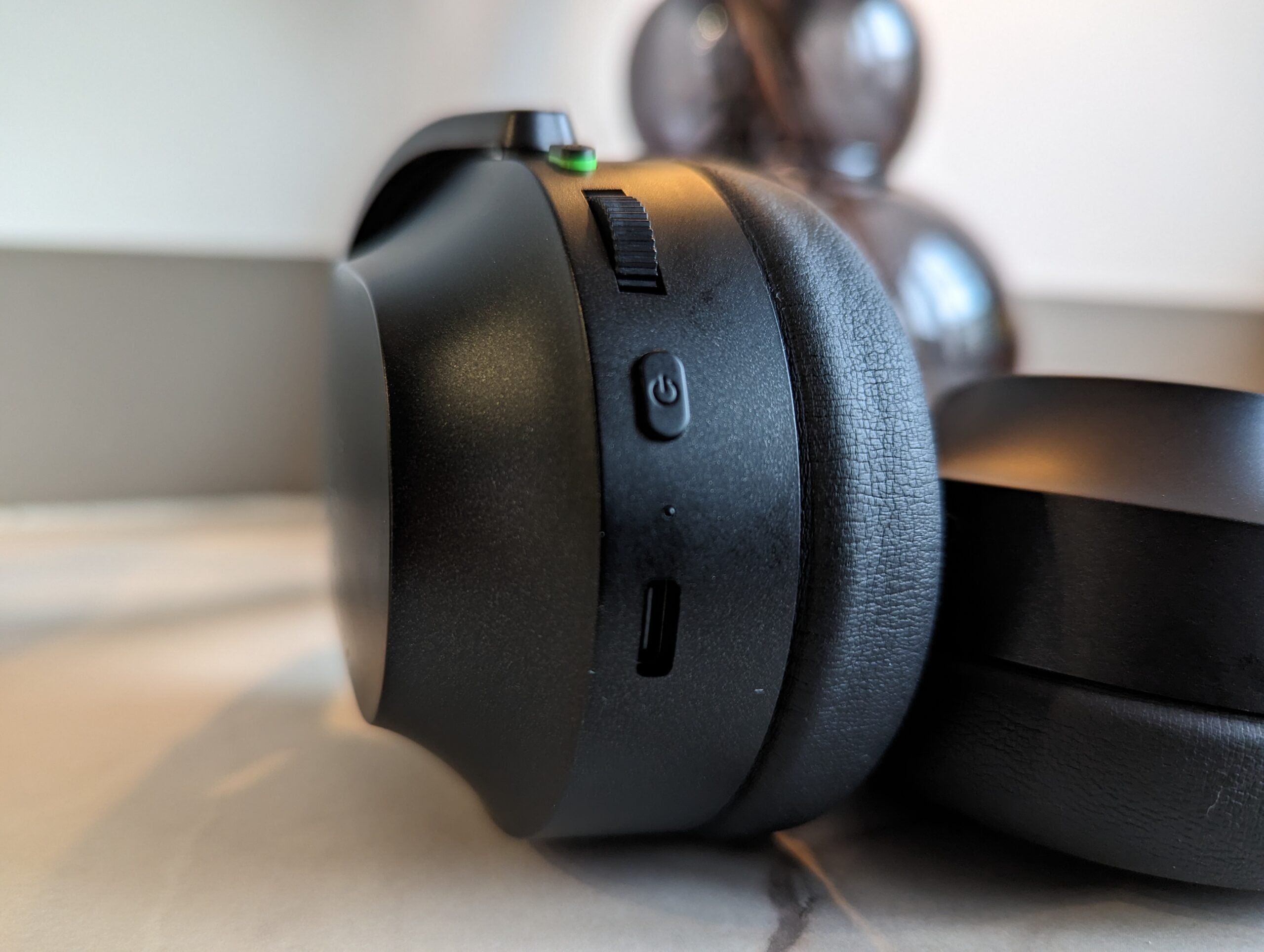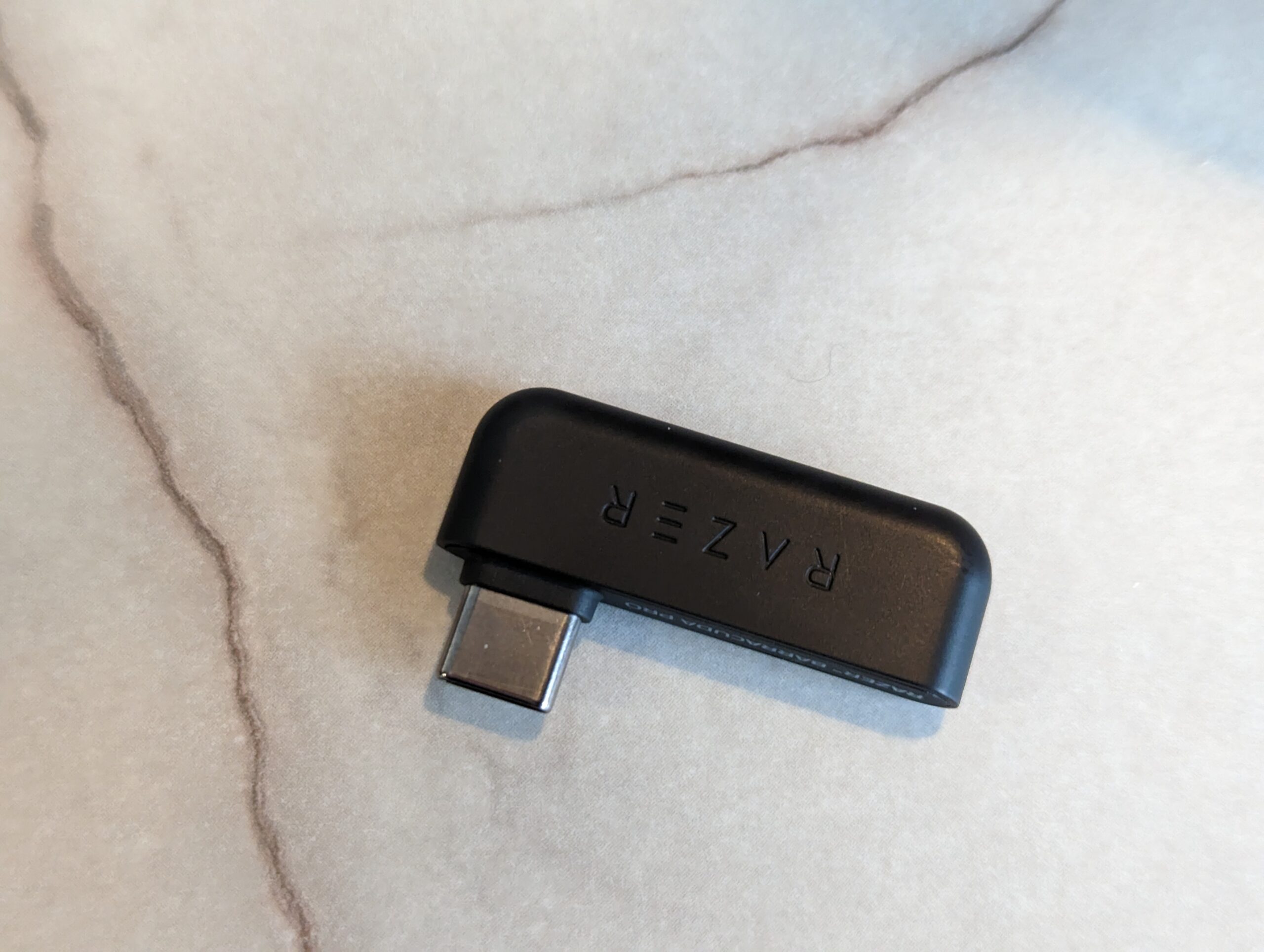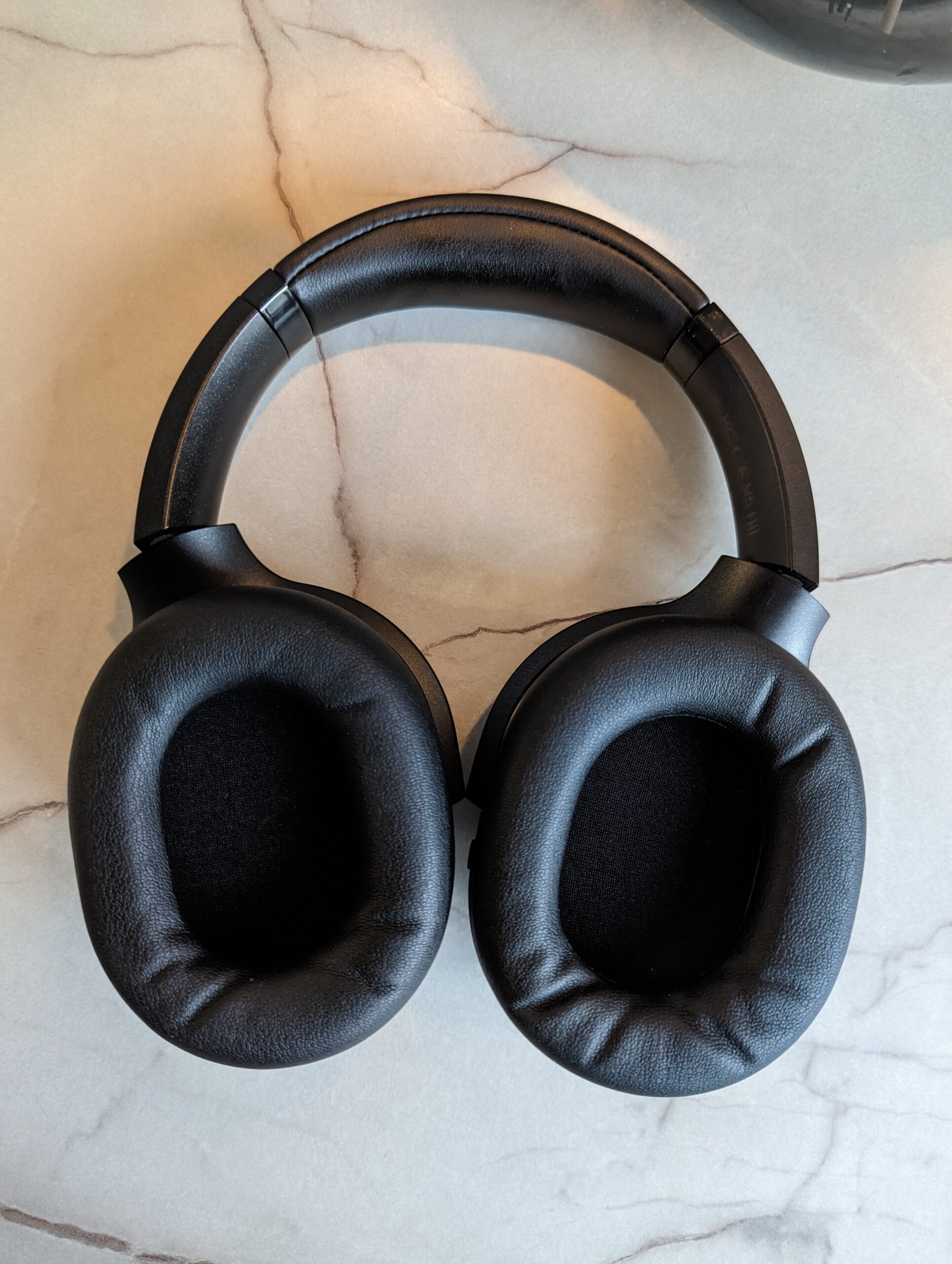
In May last year, Razer announced its new Barracuda headset line-up – the Barracuda, Barracuda Pro, and a new version of the Barracuda X. The Barracuda line is the brand’s wireless hybrid range, with the Barracuda Pro being the top-line model. So just how premium is this dual wireless outing, and how does it compare to rival offerings?
As some of you might recall, I was quite pleased with Razer’s original Barracuda X – “less is more”, I wrote in my review back in 2021, with the Barracuda X directly competing with the impressive Arctis 1 Wireless and packing great multi-platform support, good audio quality and comfort for just under $100. I had a similar experience with the company’s dual-wireless console headset, the Razer Kaira Pro for PS5, and as such, I expected much from Razer’s new Pro outing – perhaps too much.
Features and Design
Selling for $ 249.99, the Barracuda Pro comes packed with features, including 50mm Bio-Cellulose drivers, Hybrid active noise cancellation (ANC), integrated noise-canceling microphones, THX spatial audio, and integrated amplifier (THX Achromatic Audio Amplifier), but unlike the cheaper models in the Barracuda line, it doesn’t feature a 3.5mm headphone jack.
Distinguishing the Pro from the regular Barracuda and its younger sibling, the Barraduca X, the Barracuda Pro model comes with a premium carrying case which holds the headset, USB-C charging cable, and USB-C transmitter. It’s a premium touch, although the carrying case is somewhat clunky.

With the Barracuda Pro, Razer has opted for, compared to rival headsets, a more low-key design. According to Razer, this is due to community demand for a dual-role headpiece that can be used for both gaming and outdoors – “hybrid gaming and street headsets”, as the company calls it. As such, the model comes in a full black design with integrated dual beamforming microphones and without the brand’s iconic Chroma RGB lighting. Unfortunately, these integrated microphones are a bit of a letdown, but we’ll discuss that later.
As far as I’ve been able to test during my review period, the build quality is good with a stainless steel headband surrounded by a plush leatherette cushion. The rest of the headset is made of hard plastic.
I already mentioned it above, but the Barracuda Pro is a dual-wireless headset that connects wirelessly via 2.4 GHz and Bluetooth simultaneously. In turn, Razer’s SmartSwitch feature allows users to shift between wireless modes when taking calls through Bluetooth and seamlessly switch back to regular audio. Dual wireless is something that is being offered by rival headsets as well, and it works solidly on Razer’s premium offering. The Barracuda connects wirelessly at 2.4 GHz via the supplied USB-C dongle. This allows Razer’s offering to work with multiple devices, including PC, PlayStation 5/4, the Nintendo Switch, and Android devices. Although I’ve seen some outlets mention that the Pro isn’t compatible with the Switch in handheld mode – this clearly isn’t the case and Razer even mentions Switch support on the box.
Despite being a multi-platform headset, Razer’s offering doesn’t work with Xbox, and the lack of a 3.5mm audio connection somewhat limits the headset’s versatility. During my testing period, the range of the wireless connection was good and I noticed no audio interruptions. The same can be said about the headset’s Bluetooth connection, although I won’t advise using this for gaming due to the higher latency.

The left earcup features the microphone mute button, the volume wheel, a power button, and USB-C charging port. The buttons are easily accessible and discernable while wearing the headset.
One of the main selling points of the “Pro” is Razer’s active noise canceling (ANC) tech, which is also controlled via the SmartSwitch button on the right earcup. I have to confess – the hybrid ANC on the Barracuda Pro is quite impressive, canceling unwanted background noise by a fair margin, but…I found it only suitable when listening to music or watching movies. As you’ll read below, using it while playing games isn’t advised, which is, still being primarily a gaming headset, quite a shame.
Comfort and Sound Performance
Perhaps not as comfortable as the SteelSeries Arctic line, but the Barracuda Pro offers good comfort – even during longer sessions. Granted, the headset feels somewhat heavier than its rivals (possibly due to the inclusion of the ANC feature), but the used materials provided a comfortable listening experience. Padding is good on both the headband and earcups and those wearing glasses will be happy to learn that I haven’t experienced notable strain after several hours of listening – quite impressive.
I mentioned it briefly, but the sound and microphone quality is a major letdown for me. I understand Razer’s reasoning to opt for integrated microphones, but it seriously hurts voice clarity. Boom mics that come with budget wireless headsets might very well sound better than these integrated noise-canceling microphones.

When it comes to audio quality, the Barracuda Pro offers a mixed bag. Separation and clarity are pretty great while offering an accurate audio experience in most circumstances. Unlike rival offerings, the bass isn’t overly boosted and mid frequencies come through clear enough. This, however, is with ANC turned off, as enabling ANC pretty much ruins the audio experience. Although it varies from game to game, turning on ANC drowns the sound and kills much of the bass inside Razer’s premium outing. A big downer as, in general, the ANC feature on the Barracuda Pro is actually one of the better implementations that I’ve come across when it comes to gaming headsets.
Although Razer’s flagship wireless headset supports PlayStation and the Nintendo Switch, it shines on PC using Razer’s Synapse application. This application allows users to cycle through THX Spatial Audio modes, toggle enhancements, tweak the audio equalizer, and change microphone settings. Granted, those on consoles could also control some of the settings via the Razer mobile app, but the available options are limited compared to the Synapse application.
Battery Life
Razer boasts that its Pro model can last for 40 hours on a single charge, but this is likely a safe estimate from the brand as we managed to get around 50 hours out of it with ANC enabled on normal volume levels. It has to be said that we primarily used the 2.4 GHz connection, and when using the Bluetooth connection as well, battery life will be less. Impressive battery performance for sure, although it’s no match for HyperX’s killer 300-hour battery life on the Cloud Alpha Wireless. Still, it’s easily among the longest-lasting wireless headsets currently available.

Conclusion
By trying to be a dual-role headset, the Barracuda Pro has lost its identity as a wireless gaming headset. Truly, it is a pity as Razer’s flagship wireless offering is a good headset that, without the costly additions of ANC and integrated microphones, could have been among the best headsets in its segment – sound quality (without ANC) is great, battery life is among the best, comfort is good, and so is build quality. Unfortunately, the high price doesn’t warrant the expense and there are rival dual wireless outings out there that offer the same or more for less.
* review sample provided by the manufacturer
The post Razer Barracuda Pro Review – Missed Opportunity appeared first on Wccftech.

